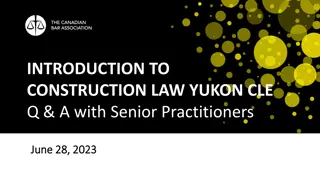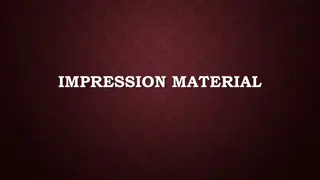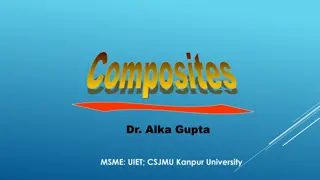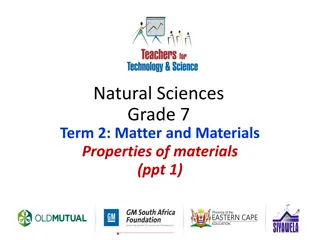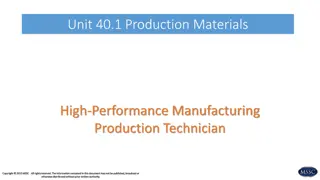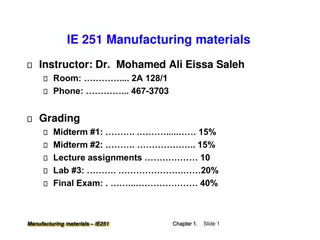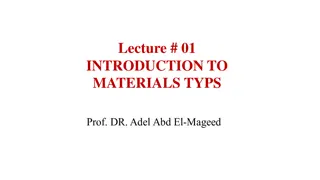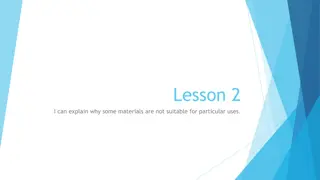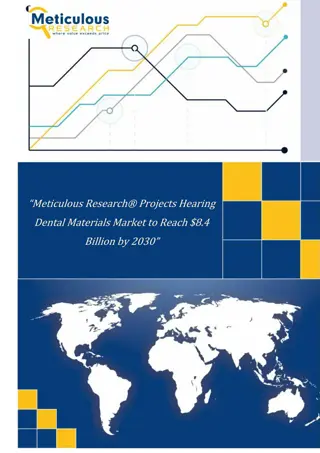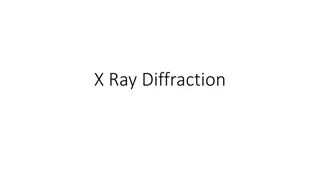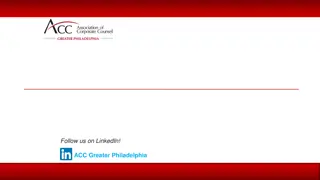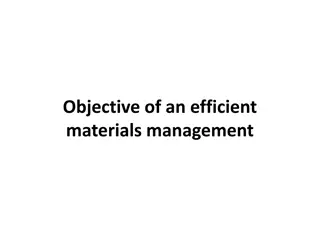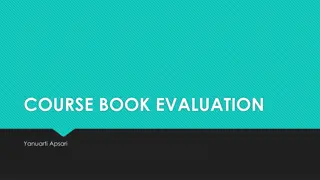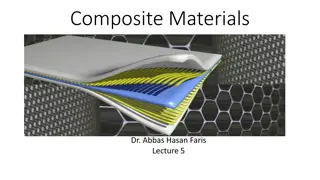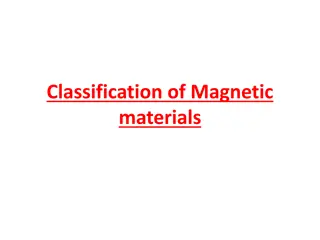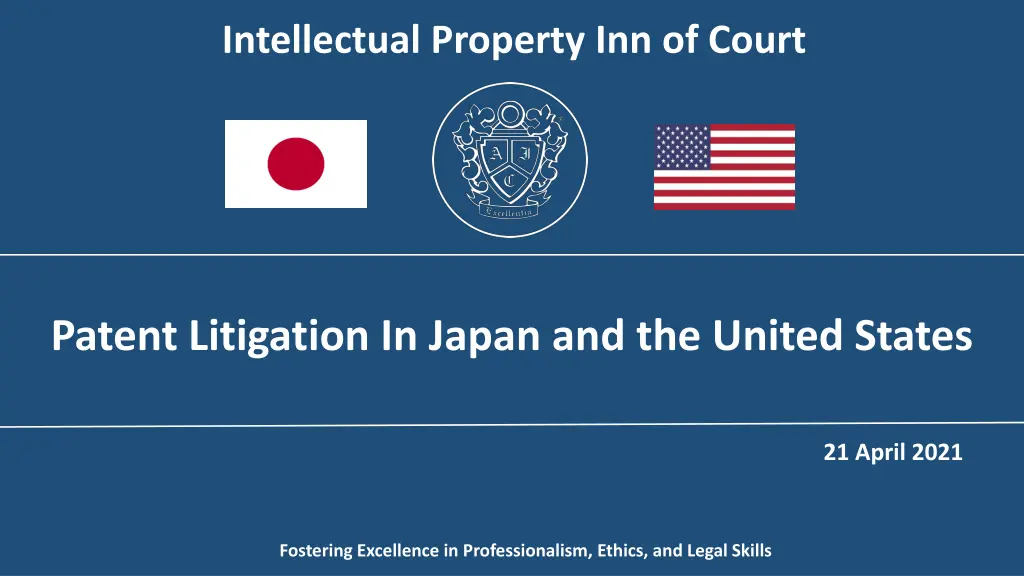
Patent Litigation Insights: US vs. Japan Comparison on Legal Skills
Gain valuable insights into patent litigation in the United States and Japan, exploring professional excellence, ethics, and legal skills. Understand the federal court system, life of a civil court case, discovery process, and claim construction intricacies. Enhance your knowledge on key aspects of patent law practices.
Download Presentation

Please find below an Image/Link to download the presentation.
The content on the website is provided AS IS for your information and personal use only. It may not be sold, licensed, or shared on other websites without obtaining consent from the author. If you encounter any issues during the download, it is possible that the publisher has removed the file from their server.
You are allowed to download the files provided on this website for personal or commercial use, subject to the condition that they are used lawfully. All files are the property of their respective owners.
The content on the website is provided AS IS for your information and personal use only. It may not be sold, licensed, or shared on other websites without obtaining consent from the author.
E N D
Presentation Transcript
Intellectual Property Inn of Court Patent Litigation In Japan and the United States 21 April 2021 Fostering Excellence in Professionalism, Ethics, and Legal Skills
Federalism and Courts Federalism and Courts dual sovereign. Federal courts patent law is a federal question District court & special courts Court of Appeals (Federal Circuit) United States Supreme Court State courts- 50 states plus U.S. territories. Trial court Appellate court (some states) State Supreme Court 4 4
Life of a Typical Civil Court Case Life of a Typical Civil Court Case Motion to dismiss Pre-litigation demand or negotiation Summary judgment Complaint Discovery Answer Trial Verdict Judgment Appeal 5 5
Discovery Discovery - - Production of Documents Litigation Hold Spoliation Document review & privilege Interrogatory Requests for Admission Requests for Production Federal Rule of Civil Procedure 26(b)(1): (1) Scope in General. Unless otherwise limited by court order, the scope of discovery is as follows: Parties may obtain discovery regarding any nonprivileged matter that is relevant to any party's claim or defense and proportional to the needs of the case, considering the importance of the issues at stake in the action, the amount in controversy, the parties relative access to relevant information, the parties resources, the importance of the discovery in resolving the issues, and whether the burden or expense of the proposed discovery outweighs its likely benefit. Information within this scope of discovery need not be admissible in evidence to be discoverable. Motion to compel Depositions Subpoena Protective Order 6 6
Claim Construction Claim Construction Claim construction is the process of deciding what the various terms of the asserted patent claims mean. The parties propose their definitions to each other. Then, the parties write briefs and argue at a hearing to the judge to advocate their own meanings. The hearing is called a Markman hearing after the US Supreme Court case that created this process. For each term, the judge can adopt either party s definition or neither party s definition. Once the Markman opinion issues, it s often clear whether the defendant infringes and whether the patent is valid. This is a common settlement point. 7 7
Motions Motions A motion is a request to the Court. Examples Motion for preliminary injunction Motion to dismiss for lack of personal jurisdiction Motion for summary judgment Motion for directed verdict Motion for attorney s fees 8 8
Summary Judgment Summary Judgment The purpose of summary judgment is to let the judge resolve issues where there isn t any dispute about the facts. For example, if everyone agrees that a product uses a particular standard, the only issue left might be whether the patent-in-suit covers the standard. If the judge decides that no reasonable jury could find that the patent covers the standard, she/he would grant summary judgment of non-infringement. Although moving for summary judgment isn t cheap (it requires writing briefs and arguing in court), it s still much cheaper than trial. If the court allows the parties to file summary judgment motions, the court might delay trial until its ruling or might simply push ahead with the trial date anyway. If summary judgment doesn t resolve everything in the case, it s on to trial. 9 9
Trial Trial Bench trial Bench trial Trial in front of the judge. Jury trial Jury trial Trial in front of the judge and jury. Judge decides issues of law Jury decides issues of fact Number of jurors Federal court: 6-12 jurors, must be unanimous ( ) to reach verdict for plaintiff. Federal court: Have a right to a jury trial if the case would have been entitled to a jury in 1791. 10 10
Appeal Appeal - - Appellate Court reviews the trial court record for error only. No new evidence. Generally, no new arguments. Everything must be presented to the trial court first. Generally, both sides submit briefs and have one short hearing to argue the case. Court looks for prejudicial error. If the error is harmless, the court will usually affirm the trial court. 11 11
Common Settlement Moments Common Settlement Moments Motion to dismiss Pre-litigation demand or negotiation Summary judgment Complaint Answer Discovery Trial Settlement? Settlement? Appeal Settlement? Settlement? 12 12
Alternative Dispute Resolution Alternative Dispute Resolution Mediation Mediation Mediator negotiates an agreement between the parties Can be with a judge or a private mediator Court may require mediation Parties sign a Settlement Agreement and agree to resolve the case Arbitration Arbitration Usually 1-3 arbitrators Usually paid by the hour, so can be expensive Limited discovery Contracts may require arbitration 13 13
Other Courts / Administrative Hearings Other Courts / Administrative Hearings Federal International Trade Commission and Patent Trial and Appeal Board Federal Circuit Court of Appeals 14 14
Overview of Patent Litigation in Japan Supreme Court IP High Court Tokyo Osaka Tokyo or Osaka District Court JPO (Board of Appeal) Invalidation Trial Patent Infringement Lawsuit
Timeline of Patent Litigation (1st Instance) Patent Infringement Proceedings Are Split Into Two Stages: The first stage (Shingai-Ron): where the court considers infringement the patent. The second stage (Songai-Ron): where the court considers appropriate damages. Settlement suggested by court (5) Technical Explanatory Session Could be more than 4 preparatory hearings Settlement Preparatory Hearings for settlement (6) Judges impressions revealed Preparatory Hearing (1) Oral Hearing (1) Oral Hearing (2) (2) (4) (3) Complaint Filed Judgment 40-60 days 40days 40-60 days 40-60 days 40-60 days Preparatory Hearing (7) 50-70 days 30days (8) Plaintiff - Infringement argument Defendant -Answer Defendant- Rebuttal to Infringement -Invalidity defense Plaintiff - Rebuttal to Invalidity -Infringement arguments Damages Calculation Stage 30- 60 days Damages Stage Infringement Confirmation Stage
Court Proceedings in Japan Japanese Legal System (Civil Law Country) Legislatively passed patent laws govern patents. Prior court judgments are rarely cited in decisions. Lower courts will hesitate to render a judgment contrary to precedents set by higher courts, especially the Supreme Court, as they are likely to be overruled by these courts. District Court Proceeding District Court Proceedings Bench trials (3 Judges) IP High Court Proceedings 3 Judges (5 Judges on Grand Panel) May consider new evidence and review the case de novo. Supreme Court Proceedings 5-15 Judges Review limited to issues of law. 5. Attorney for Plaintiff 1. Judges 2-4. Court staff 6. Attorney for Defendant
Patent Litigation: Preparatory Hearing Purpose of Preparatory Hearing Instead of a trial , infringement litigation includes a series of Preparatory Hearings and a Technical Explanatory Session. Parties make arguments in their briefs and submitted evidence, and the importance of briefs cannot be overstated. The court, however, sometimes requests that parties explain legal and technical issues before the court during preparatory proceeding hearings. Preparatory Hearing Preparatory Hearing Procedure NOT open to the public Two judges who are mainly in charge of the case attend (authorized judges) Judges do not wear the judicial robe.
Use of Experts And Technical Explanatory Session Expert Evidence It is possible to submit expert opinion as part of evidence. However, expert testimony is rarely taken in Japan. Attorneys for Plaintiff Technical Advisors Judges Judicial Research Official Attorneys for Defendant Court Clerk Technical Explanatory Session It takes 2-3 hours. 2-3 experts are assigned by Court as Technical Advisors only for the Technical Explanatory Session. Judicial Research Official, Technical Advisors and judges ask questions to the parties, and the parties answer to them.
Litigation Filing Costs in Japan Calculation of Filing Fees Infringement litigation filing costs are based on value of case. Value of Case Filing Fee* JPY 100,000,000 (USD 1,000,000) JPY 320,000 (USD 3,200) JPY 1,000,000,000 (USD 10,000,000) JPY 3,200,000 (USD 32,000) JPY 10,000,000,000 (USD 100,000,000) JPY 32,000,000 (USD 320,000) *100 JPY = 1 USD Possibility of Amending Value of Case Value of the case is a combination of the requested damages and the value of the injunction. It is possible to request a partial damages for the case, and later amend the amount requested after the stage in litigation on the determination of infringement. Must pay additional stamp fee.
Timeline of Patent Invalidation Action at JPO Stay of Litigation or Invalidation Action Both the courts and the JPO rarely stay proceedings in the case of actions in both the JPO and District Court. Possibility of inconsistent decisions on validity. However, any inconsistency can be resolved in IP High Court. Settlement Oral Hearing Closure notice If patent is found valid Invalidation Trial Request Decision 90 days 30~ days 40-60~ days 2w 40-60~ days 60-80~ days Both parties submit Summary of Arguments for hearing JPO s Notice on issued to be discussed at hearing JPO s preliminary decision (patent is found invalid) Patentee -Answer with or without Request for Amendment Served to Patentee If there is Amendment Demandant may file Rebuttal in light of Amendment Patentee may file Amendment to overcome the preliminary decision 90days
Overall Success Rates Japan Statistics in Tokyo and Osaka District Courts: 2014-2017 Successful settlement Japan 23
Comparison of Patent Litigation in Japan and United States US Japan Procedure Evidence Collection Discovery Very limited discovery Expert Evidence Party submitted written expert reports + Testimony at trial Party submitted written expert reports + Court appointed experts Adjudicator Jury (in damages cases) Judges Remedy Injunction No automatic injunction (Ebay rule) Automatic injunction rule Damages Higher damages, and possible treble damages in willful infringement cases. Lower No treble damages
Statistics on Damages in Japan 2500 2000 Lower than in US; but not so low comparing to other major jurisdictions 1500 1000 500 0 US UK Japan Germany Korea China Median of the damage amounts in major jurisdictions between Jan 2007 Nov 2017 See: https://www.globalipdb.inpit.go.jp/jpowp/wp-content/uploads/2018/11/b0b1f5ec0dfca9dc481dde56c9bf4b98.pdf K (US$)
Use of 28 U.S.C. 1782 Actions for Proceedings in Japan Use of Evidence from Foreign Proceedings in Japan Both the JPO and Courts in Japan are receptive to submission of evidence obtained through foreign proceedings. Evidence obtained through 28 U.S.C. 1788 actions in the United States have been accepted by both the JPO and Courts in Japan. Obtaining Evidence in the United States For global disputes it is possible to seek in the United States through a 28 U.S.C. 1788 action an order from a US Court for a party who under the Courts jurisdiction to provide testimony or to produce documents or other evidence for use in a proceeding in a foreign or international tribunal . In Akebia Therapeutics, Inc. v. FibroGen, Inc., 793 F.3d 1108 (9th Cir. 2015), the JPO was found to be a tribunal for the purpose of 28 U.S.C. 1788.

